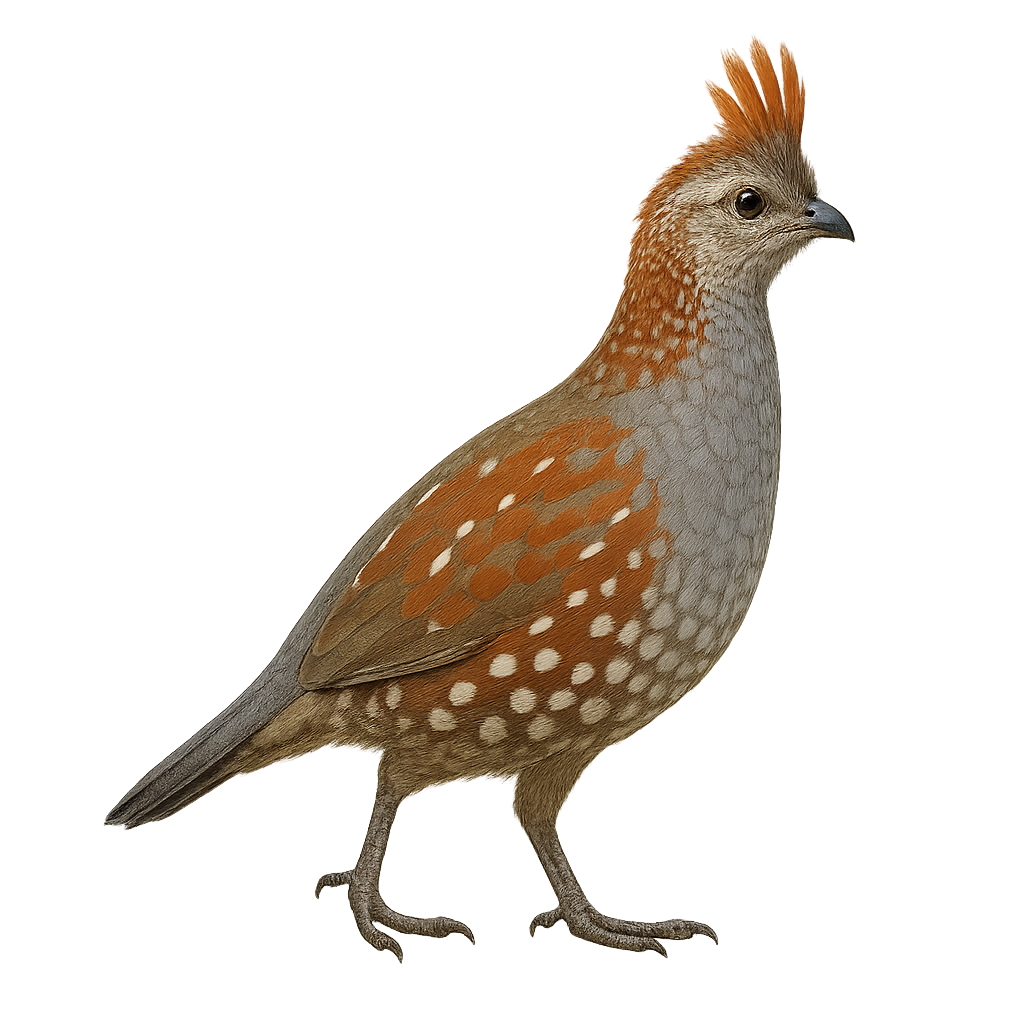Your wildlife photography guide.
Explore the elegant quail in detail, study its behavior, prepare your shots.
Where to observe and photograph the elegant quail in the wild
Learn where and when to spot the elegant quail in the wild, how to identify the species based on distinctive features, and what natural environments it inhabits. The WildlifePhotographer app offers tailored photography tips that reflect the elegant quail’s behavior, helping you capture better wildlife images. Explore the full species profile for key information including description, habitat, active periods, and approach techniques.
Elegant Quail
Scientific name: Callipepla douglasii

IUCN Status: Least Concern
Family: ODONTOPHORIDAE
Group: Birds
Sensitivity to human approach: Suspicious
Minimum approach distance: 10 m
Courtship display: May to August
Incubation: 22-23 jours
Hatchings: May to September
Habitat:
Dry forests, scrublands, grasslands
Activity period :
Primarily active during the day, with peak activity in the morning and late afternoon.
Identification and description:
The Elegant Quail, or Callipepla douglasii, is a medium-sized bird belonging to the Odontophoridae family. It is primarily found in the arid and semi-arid regions of northwestern Mexico. This bird is distinguished by its elegant plumage, with shades of gray, brown, and distinctive head patterns. Males sport a characteristic black crest, while females are more subdued. The Elegant Quail is a terrestrial bird that prefers running to flying when disturbed. It primarily feeds on seeds, insects, and small fruits. Its breeding season coincides with the rainy season, ensuring an abundance of food for the young.
Recommended lens:
400mm – adjust based on distance, desired framing (portrait or habitat), and approach conditions.
Photography tips:
To photograph the Elegant Quail, it's advisable to use a telephoto lens of at least 400mm to capture detailed images without disturbing the bird. Look for areas where the bird is active, such as the edges of dry forests or grasslands. Be patient and discreet, as this bird can be suspicious. Use a tripod to stabilize your camera and wait for the bird to feel comfortable to get natural shots.
The WildlifePhotographer App is coming soon!
Be the first to explore the best nature spots, track rutting seasons, log your observations, and observe more wildlife.
Already 1 439 wildlife lovers subscribed worldwide

